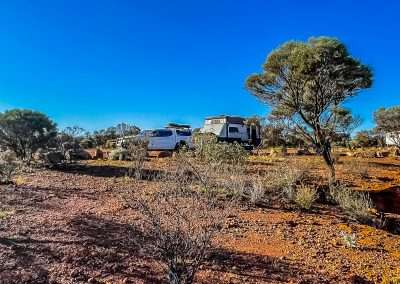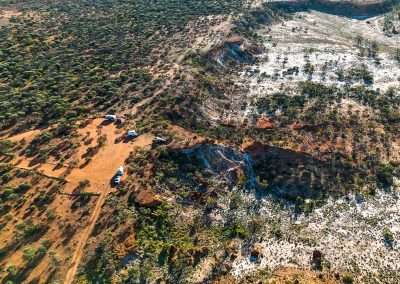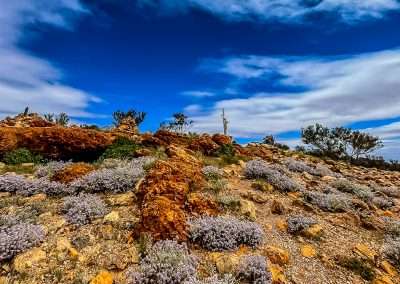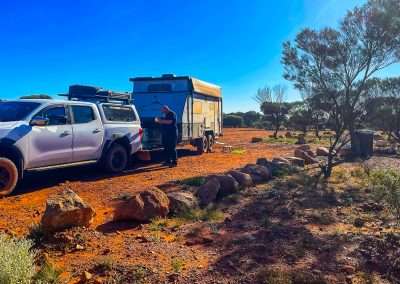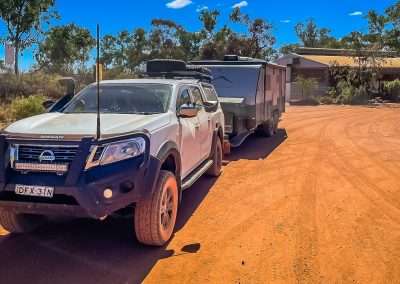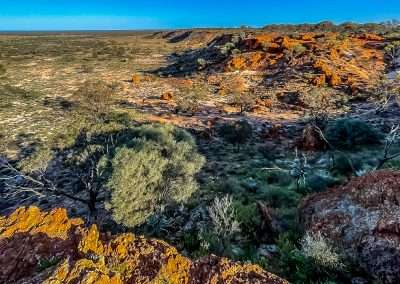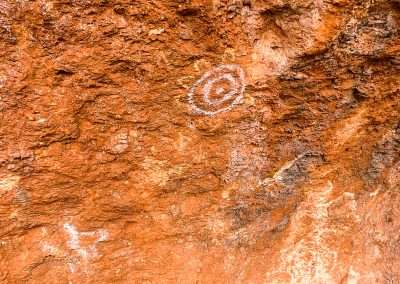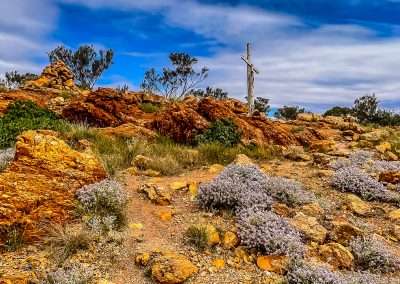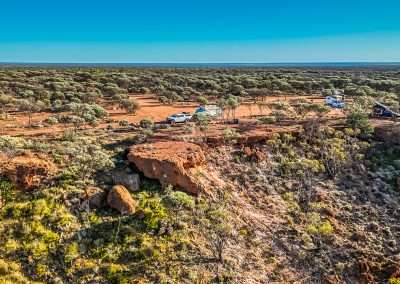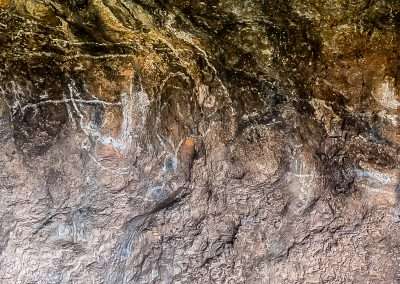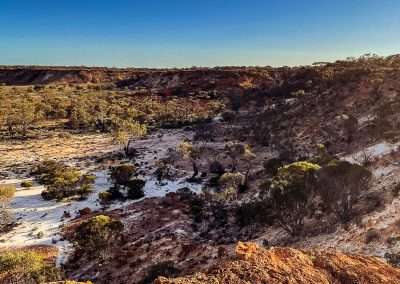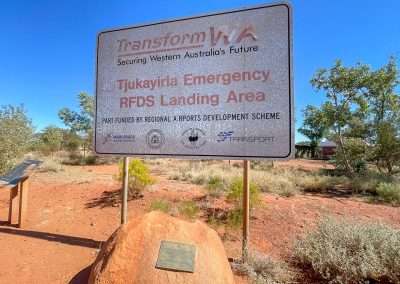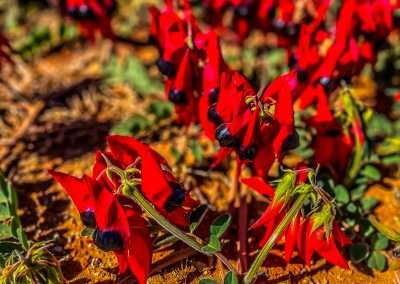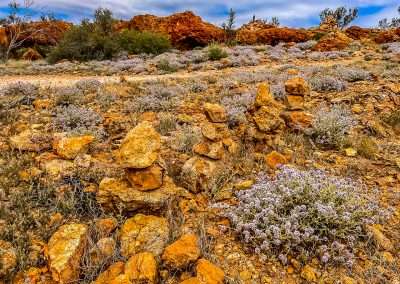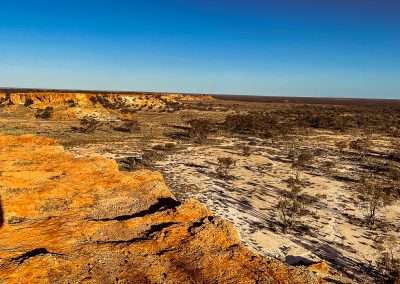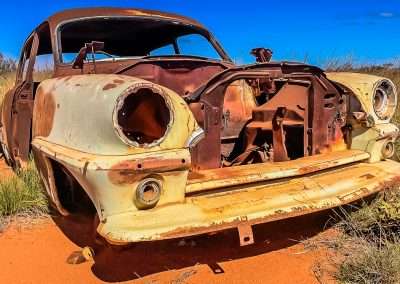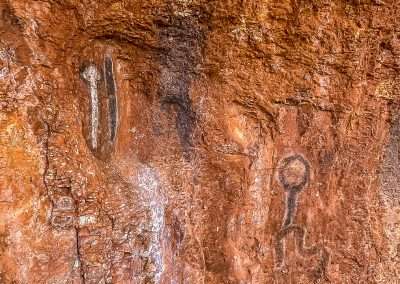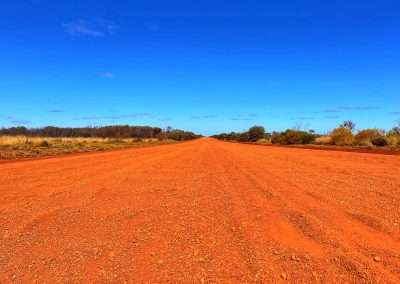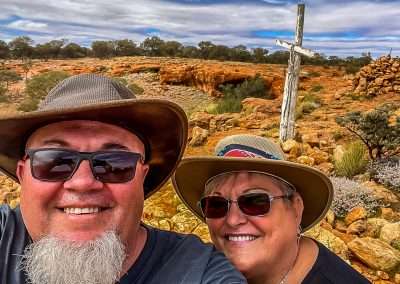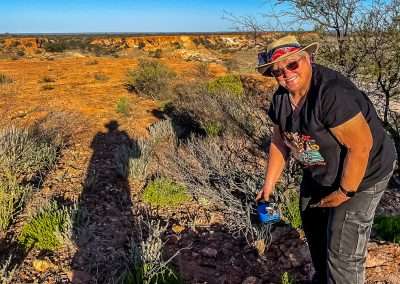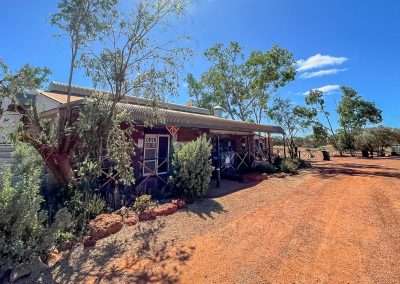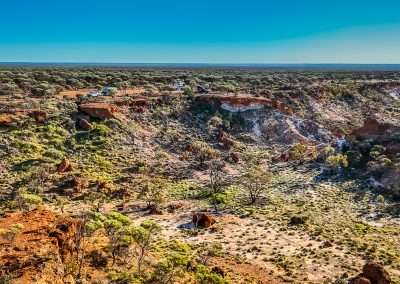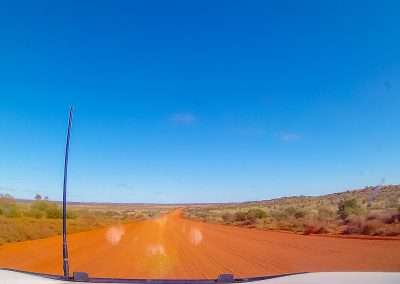Giles Breakaway Free Campsite On The Great Central Road
Camping at Giles Breakaway is one of those things you won’t soon forget. Tucked away along the Great Central Road it’s a remote and beautiful spot with impressive views. Our camping experience here was an absolute cracker and I’m very happy to share the experience. There are also some tips to help make your visit as good as ours was.
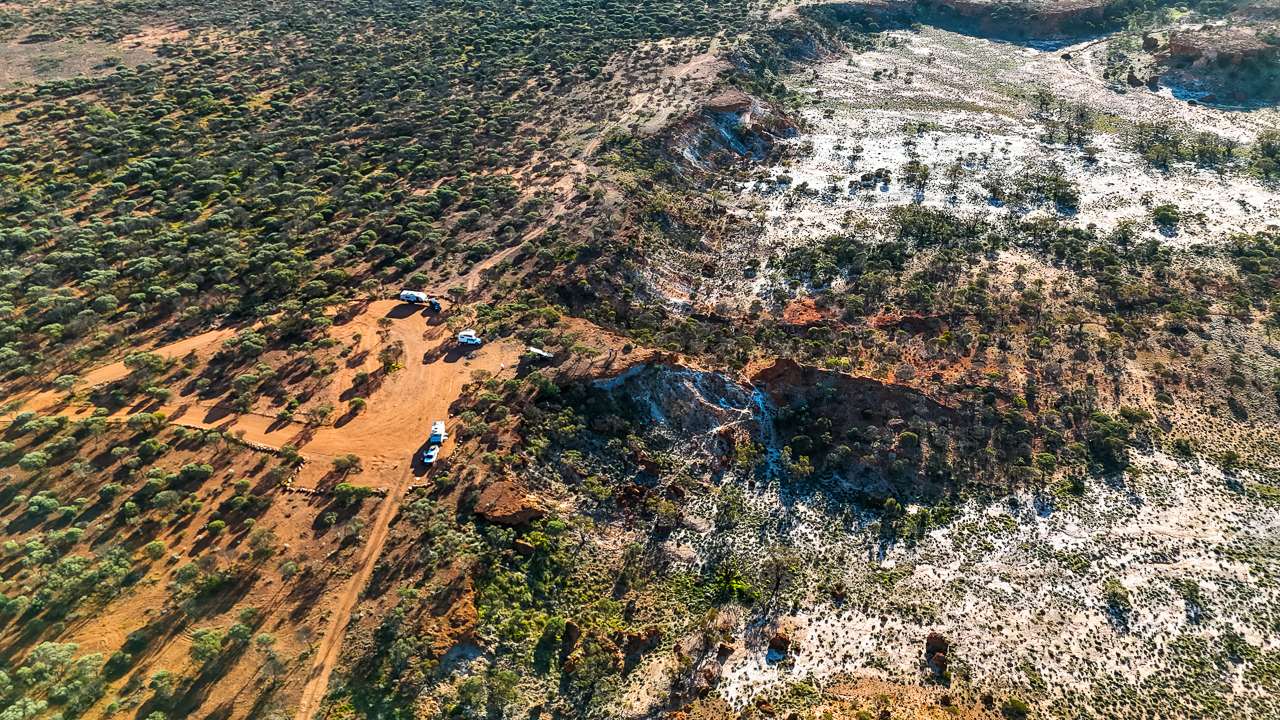
Giles Breakaway Campsite
Table Of Contents
- 1 From Desert Surf Central To Giles Breakaway
- 2 What You’ll See On The Drive
- 3 Things Of Note To Stop And Look At
- 4 Arriving At Giles Breakaway
- 5 Things To Do While Camping At Giles Breakaway
- 6 Camping at Giles Breakaway: Safety And Facilities
- 7 Camping Facilities
- 8 The History Of Giles Breakaway
- 9 Weather At Giles Breakaway
- 10 Fuel And Food Stops
- 11 Fuel and Supplies
- 12 White Cross On The Great Central Road
- 13 What Is the White Cross?
- 14 History of the White Cross
- 15 What Does the White Cross Symbolise?
- 16 Visiting the White Cross
- 17 Gnamma Holes On The Great Central Road
- 18 What Are Gnamma Holes?
- 19 Rock Art At The Gnamma Holes Near The White Cross
- 20 History of the Gnamma Holes Near the White Cross
- 21 Visiting the Gnamma Holes
- 22 Significance Today
- 23 Final Thoughts On Camping At Giles Breakaway
- 24 Giles Breakaway Photo Gallery
- 25 FAQs Frequently Asked Questions About Camping At Giles Breakaway On The Great Central Road
- 26 Is it safe to camp at Giles Breakaway?
- 27 Are there any camping facilities at Giles Breakaway?
- 28 Can I light a campfire at Giles Breakaway?
- 29 What’s the best time of year to camp at Giles Breakaway?
- 30 What should I bring when camping at Giles Breakaway?
- 31 How do I get to Giles Breakaway, and is the road suitable for all vehicles?
From Desert Surf Central To Giles Breakaway
To kick things off let’s talk about our drive from Desert Surf Central to Giles Breakaway. Desert Surf Central was our starting point. Desert Surf central is another great campsite on the Great Central Road. If you haven’t been before Desert Surf Central is a great stop.
The drive from Desert Surf Central to Giles Breakaway is awesome. It’s roughly 240 kilometres of rugged road through an awe-inspiring landscape. The Great Central Road is mostly unsealed along this section but well maintained making it accessible to 4WD vehicles. Even well prepared 2WD vehicles in good weather. Keep in mind though, the road can be dusty and corrugated so make sure you’re prepared for that typical outback shake, rattle and roll.
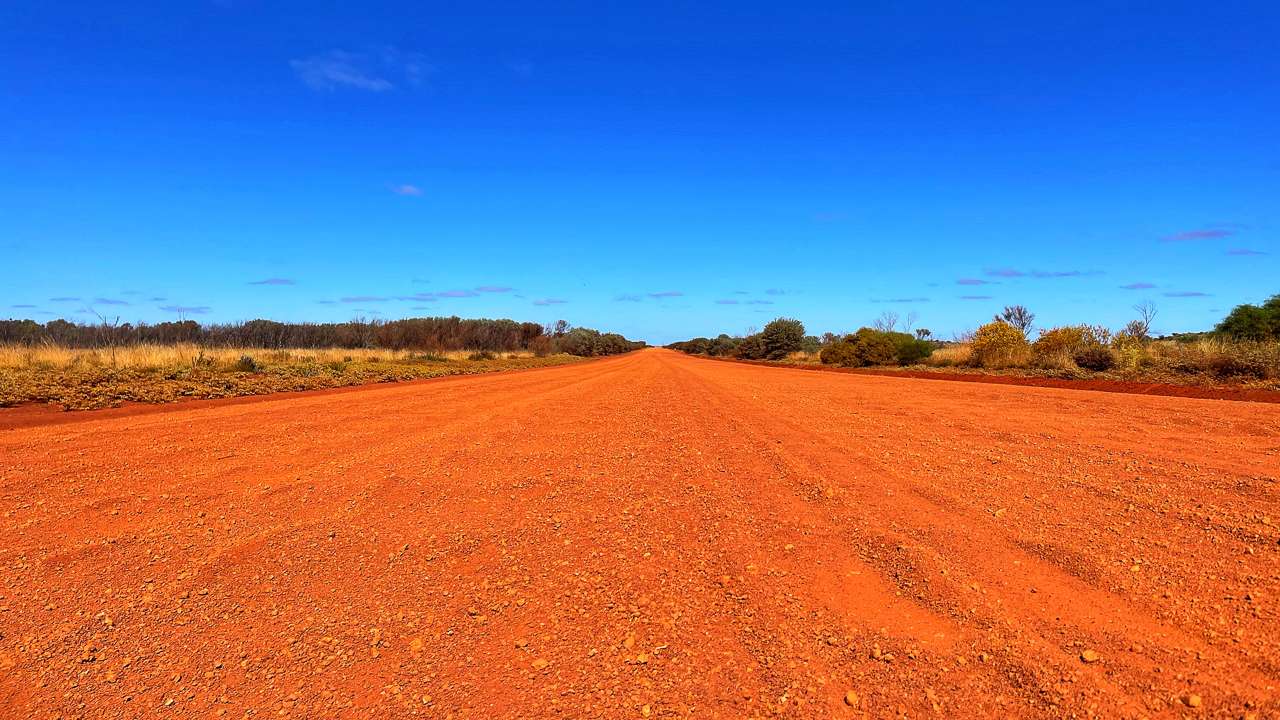
Great Central Road
What You’ll See On The Drive
As soon as we hit the road after leaving Desert Surf Central we were in the middle of the Australian outback. You’ll pass through stretches of red dirt, spinifex grasslands and scrubby bush. The landscape changes constantly from wide open plains to low, rolling hills with the occasional sandstone outcrop.
One of the highlights is spotting wild camels. Yep, camels! They roam freely out here so keep your eyes peeled. You might also see kangaroos, emus and the odd wedge-tailed eagle circling high above looking for its next meal. There’s also something magical about the colours out here. The rich red earth contrasts beautifully with the deep blue skies, especially if you catch it just after a bit of rain when everything looks fresher and more vibrant.
Things Of Note To Stop And Look At
- Kurrajong Sentinel: One of the last specimens of the Kurrajong tree in this area located by the roadside along the Great Central Road. An information signboard gives more information about its significance.
- Tjukayirla Roadhouse: Fill up with food and grab something to eat. Tjukayirla Roadhouse (commonly pronounced “Chook-a-year-la”). It’s operated by the Papulankutja (Blackstone) Community, one of the founding members of the Ngaanyatjarra Council.
- White Cross: The White Cross is a large wooden cross. It’s a memorial erected in honour of a local Indigenous elder.
- Gnamma Holes: These natural rock holes, located close to this well-known landmark, offer a glimpse into the ancient survival methods of the Aboriginal people who have lived in this region for thousands of years.
- The Pines: Interpretive Panel. 120 kilometres east of Laverton. Shaded area south of road.
- Wildflowers: Depending on the season there might be loads of wildflowers to have a look at. we stopped quite a few times for a look.
Arriving At Giles Breakaway
When you finally roll into Giles Breakaway, you’ll immediately notice the stark beauty of this place. It’s named after the famous explorer Ernest Giles, who was one of the first Europeans to venture through the Central Desert region in the late 1800s.
Giles Breakaway itself is a series of low cliffs and rocky outcrops that have been weathered over millennia, creating a dramatic and rugged landscape. The site feels almost otherworldly, with its jagged formations and colourful bands of rock. These cliffs, or “breakaways,” create a stunning backdrop for camping and exploring. We set up camp near the base of one of the cliffs, where we could enjoy the view and the peace and quiet of the outback.
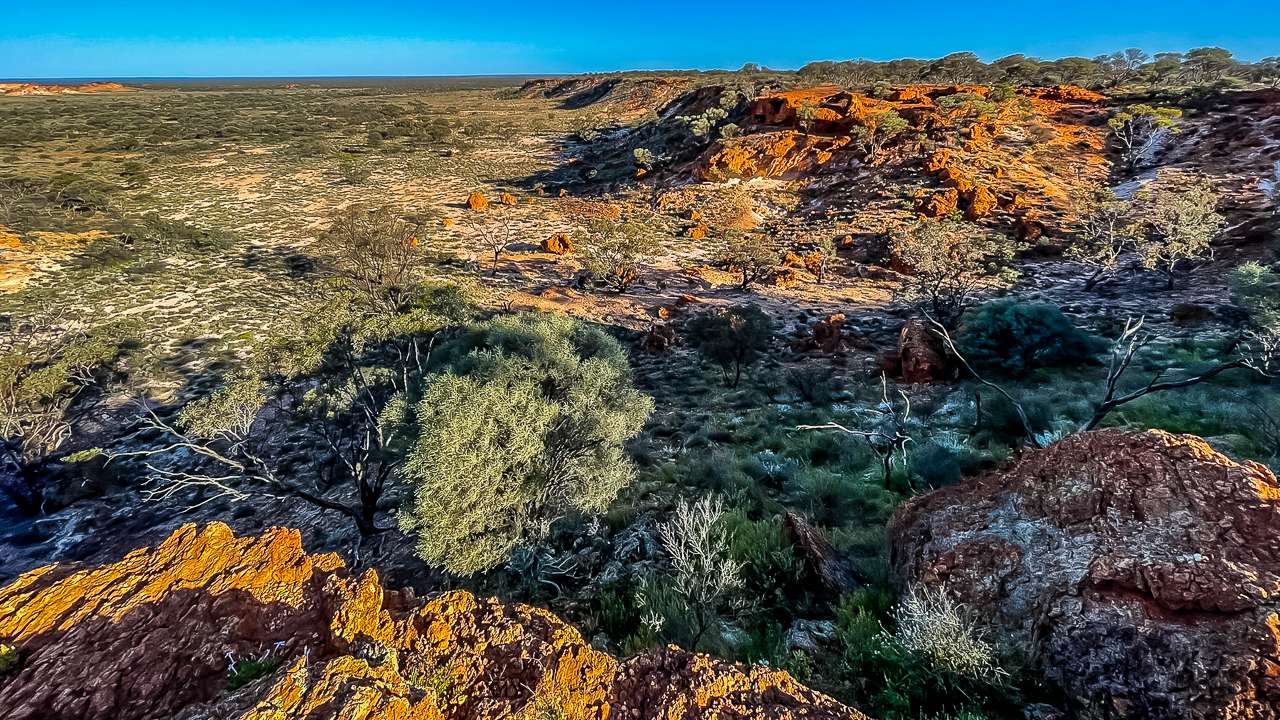
Near Camping Area At Giles Breakaway
Things To Do While Camping At Giles Breakaway
There’s no shortage of things to do when you’re out camping at Giles Breakaway. Whether you’re into exploring, stargazing, or simply chilling out in nature, here’s a list of activities that will keep you busy during your stay:
- Bushwalking
One of the best things to do is go for a walk around the breakaways. There are plenty of trails that take you up onto the cliffs, giving you sweeping views of the surrounding desert. The terrain can be rocky and uneven, so wear good hiking boots. We did a couple of short walks around the area and stumbled upon some incredible lookout points. - Photography
If you’re into photography, Giles Breakaway is a dream come true. The rock formations here are fantastic and the way the light changes throughout the day makes for some stunning photo opportunities. Sunset, in particular, is a special time when the rocks glow a brilliant orange and red. - Stargazing
The night sky out here is unbelievable. With virtually no light pollution, you’ll see stars like you’ve never seen them before. Bring a good pair of binoculars or even a telescope if you have one. We spent hours just lying back and watching the Milky Way stretch across the sky. - Relaxing By The Campfire
One of the joys of camping is sitting around the campfire, having a yarn with your mates, or just enjoying the stillness of the outback. The nights can get cold, so a fire is not only cosy but also adds to the whole camping experience. - Wildlife Spotting
Keep your eyes peeled for the local wildlife. Aside from camels and kangaroos, there are plenty of reptiles and birds to spot, including the iconic wedge-tailed eagle. Early mornings and late afternoons are the best times for wildlife sightings. - Geocaching
There’s a geocache located at Giles Breakaway. We had just enough mobile reception to be able to get the coordinates and find it.
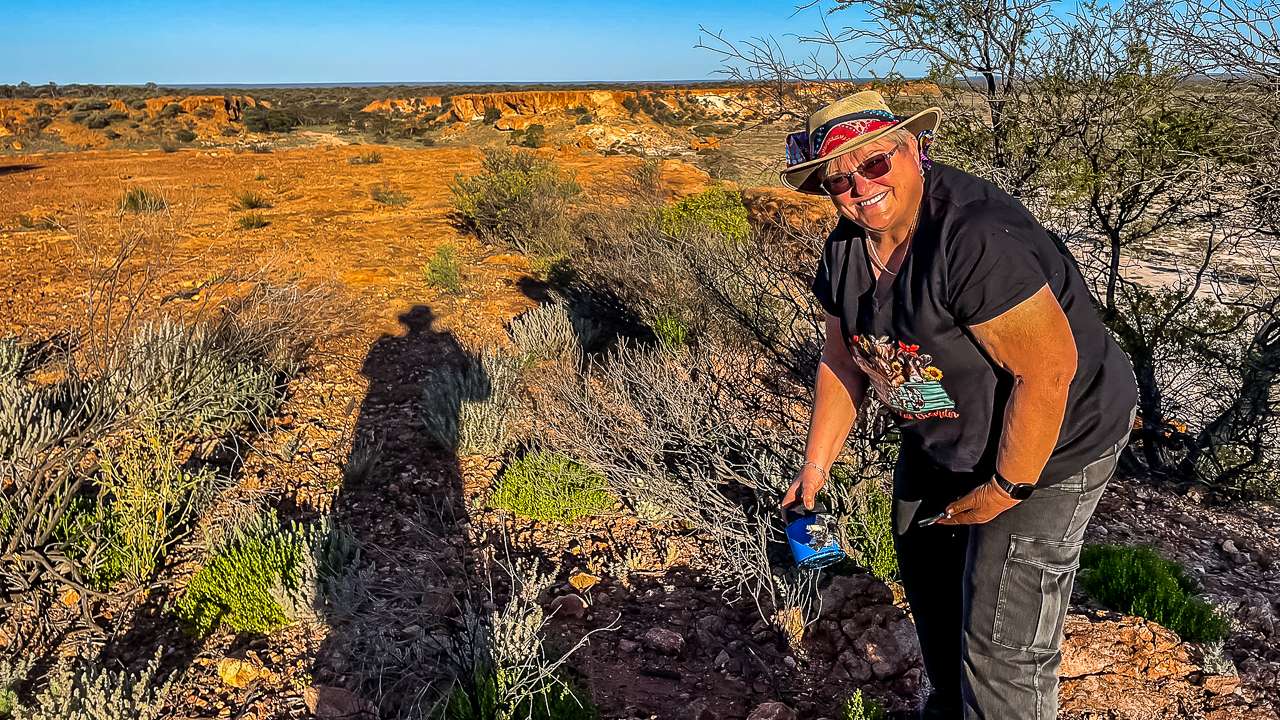
Geocaching At Giles Breakaway
Camping at Giles Breakaway: Safety And Facilities
Camping at Giles Breakaway. Is it safe? What are the facilities like? Here’s what you need to know.
- Safety
The most important thing to remember is that this is remote camping. You’re a long way from the nearest town, so it’s crucial to be well-prepared. But as long as you’ve got the right gear and you’re sensible, camping here is perfectly safe. - Weather
The weather can be unpredictable, with hot days and chilly nights. In summer, temperatures can soar well into the 40s (Celsius), so make sure you’ve got plenty of water and shade. In winter, it can drop below freezing at night, so pack warm clothes and a good sleeping bag. - Wildlife
There are no dangerous animals to worry about, but you might encounter a snake or two, especially in the warmer months. Just keep your distance and let them be. - Road Conditions
The Great Central Road is generally in good shape, but it’s always a good idea to check road conditions before you head out. If it’s been raining, some sections might be tricky to navigate.
Camping Facilities
You won’t find any fancy facilities at Giles Breakaway. It’s bush camping at its best meaning there are no toilets, showers, power or water. You’ll need to bring everything with you, including:
- Water
There’s no drinking water available, so pack enough for drinking, cooking and washing up. - Toilets
You’ll need to bring your own portable toilet or be prepared to dig a hole. Just make sure you follow the Leave No Trace principles to keep the area clean and pristine. - Shelter
There’s not much in the way of natural shelter, so bring a good tent or a swag. A tarp or awning is also handy for creating some extra shade. - Rubbish
You’ll need to take all your rubbish with you when you leave, so bring some sturdy garbage bags and leave the place as beautiful as you found it.
The History Of Giles Breakaway
As mentioned earlier Giles Breakaway is named after Ernest Giles. One of Australia’s most notable explorers. In the late 19th century Giles headed several expeditions through the central deserts mapping uncharted territory and searching for
viable routes. While he didn’t strike it rich in terms of discoveries his journeys helped open up Australia’s interior.
The area around Giles Breakaway has long been significant to the local Aboriginal people, particularly the Ngaanyatjarra and Pitjantjatjara groups, who have lived in the region for thousands of years. The rock formations and surrounding landscape hold cultural and spiritual importance and it’s worth keeping this in mind as you explore the area.
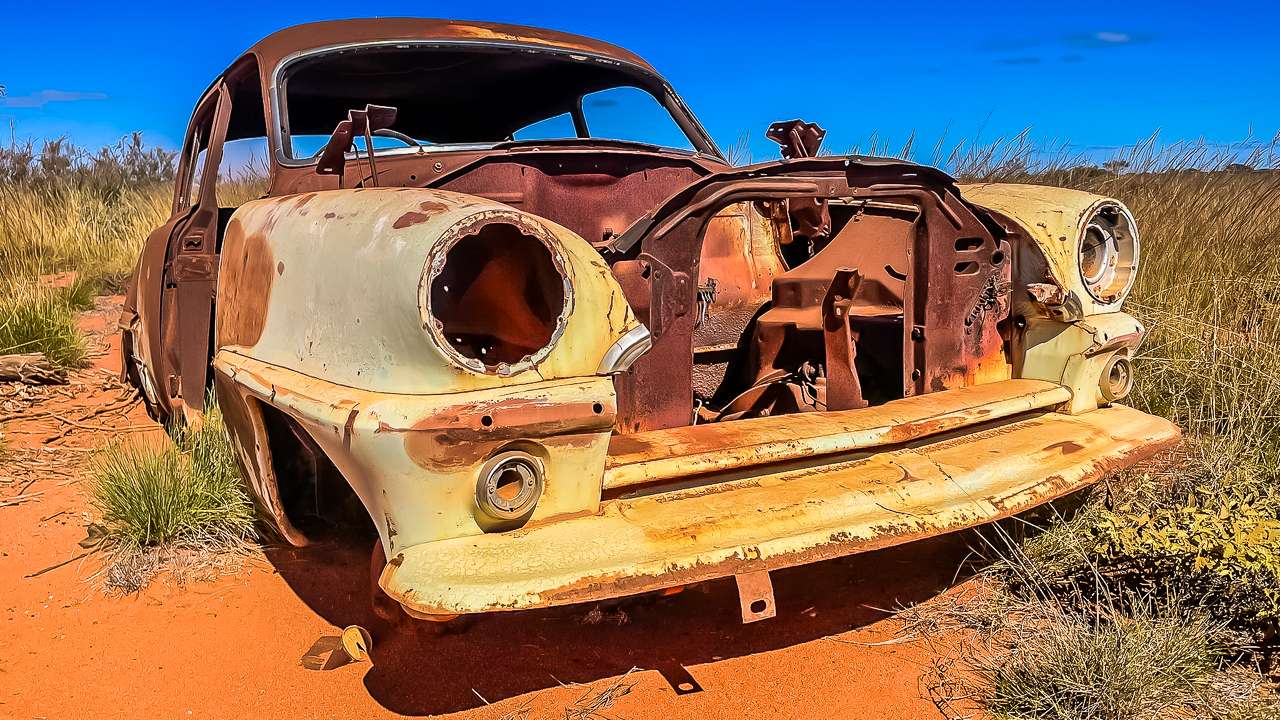
Abandoned Car On GCR
Weather At Giles Breakaway
The weather out here can vary greatly depending on the time of year, so it’s essential to plan your trip accordingly.
- Summer (December to February): Summer can be brutal, with daytime temperatures often exceeding 40°C (104°F). If you plan to visit during the hotter months, be prepared for the heat. Make sure to carry extra water and take precautions to avoid heatstroke. On the plus side, the sunsets are spectacular!
- Winter (June to August): Winter is the most popular time for camping at Giles Breakaway, as daytime temperatures are much more pleasant, ranging between 15°C to 25°C. However, it can get quite cold at night, sometimes dropping to below freezing, so pack warm clothes and a good sleeping bag.
- Autumn and Spring (March to May, September to November): These shoulder seasons offer the best of both worlds, with comfortable daytime temperatures and cooler nights. These are ideal times for camping, bushwalking and exploring the area.
Fuel And Food Stops
Fuel stops are few and far between out here so don’t pass up an opportunity to top up your tank.
Fuel and Supplies
- Tjukayirla Roadhouse: Located about 300 kilometres east of Laverton. Fill up with food and grab something to eat. Tjukayirla Roadhouse (commonly pronounced “Chook-a-year-la”). It’s operated by the Papulankutja (Blackstone) Community, one of the founding members of the Ngaanyatjarra Council. Tjukayirla Roadhouse has diesel and Opal fuel available. They also do awesome takeaway meals and they have some basic food supplies available.
- Laverton: Laverton is about 55 kilometres west of Giles Breakaway. They have three fuel stations. They also have a well stocked supermarket.
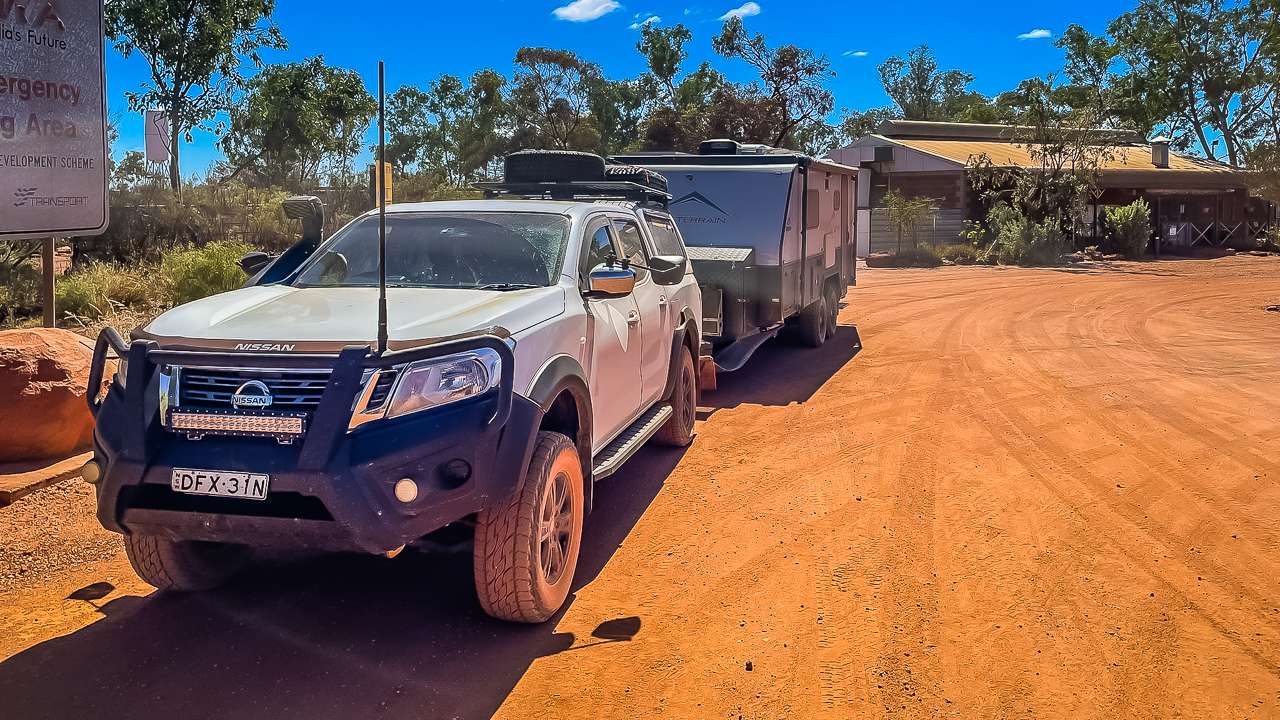
At Tjukayirla Roadhouse
White Cross On The Great Central Road
Travelling along the Great Central Road, one of the most significant landmarks you’ll come across is the White Cross. Located in the remote outback of Western Australia. This tall, striking white cross is perched on a small hill just off the road. It’s easy to spot against the red desert landscape and for many travellers, it’s a symbol of both the harshness and the beauty of Australia’s vast interior.
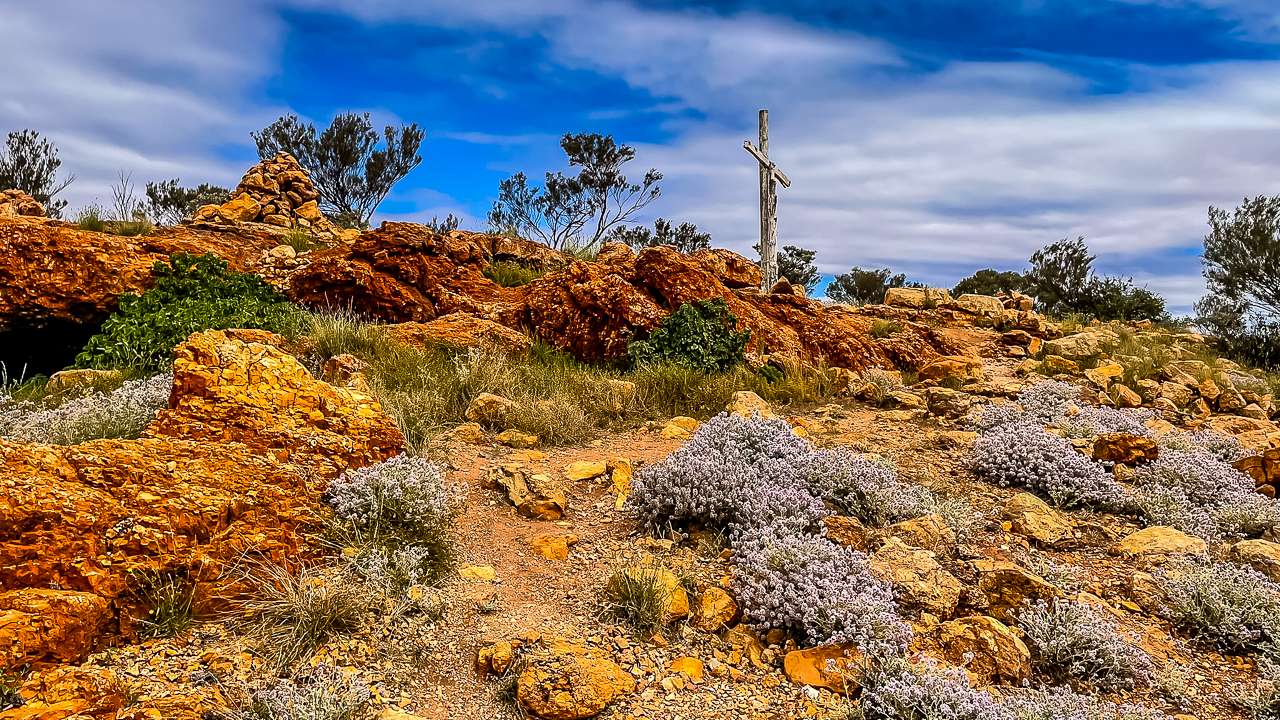
White Cross Great Central Road
What Is the White Cross?
The White Cross is a large wooden cross standing at around 7 metres high. It’s a memorial erected in honour of a local Indigenous elder. He was a highly respected figure in the region. His name was Pansy Napaltjarri and he belonged to the Ngaanyatjarra people. They are the traditional custodians of the land around this area.
The cross itself is simple yet striking with no elaborate design. Just a large white cross standing tall against the blue sky and red earth. It’s visible from a good distance as you approach. It’s a notable landmark on the otherwise barren stretch of the Great Central Road.
History of the White Cross
The White Cross was erected in the early 1990s to honour Pansy Napaltjarri’s contributions to his community. Known as a wise and respected leader who worked to improve the lives of his people. in particular working towards preserving their culture and ensuring the younger generation maintained their connection to the land.
Napaltjarri’s influence was significant during a time when the Indigenous communities in the area faced challenges with the encroachment of Western culture, as well as the ongoing impacts of colonialism. The White Cross serves as a tribute to his leadership and the respect he earned from both his own people and non-Indigenous Australians alike.
Over the years, the White Cross has become a bit of a stop-off point for those travelling the Great Central Road. It’s not only a place to reflect on the local history and the contributions of Indigenous leaders, but also a quiet spot to take in the vast expanse of the desert that surrounds it.
What Does the White Cross Symbolise?
The White Cross is more than just a memorial to a single person. For many, it symbolises the resilience and strength of the Indigenous communities in this harsh and isolated part of Australia. It’s also a reminder of the deep cultural and spiritual connection that the Ngaanyatjarra people have with the land.
While the cross is a symbol of Christian faith, it stands as a broader reminder of the ways in which different cultures and beliefs have intersected in this part of Australia. The cross also serves as a marker of respect—honouring the lives and histories that have shaped this region.
Visiting the White Cross
If you’re driving the Great Central Road, the White Cross is an interesting and peaceful spot to stop for a break. You can walk up the small hill to get a closer look and take in the sweeping views of the surrounding desert.
The White Cross is a reminder of the people who have lived on and cared for this land for thousands of years, long before modern explorers and travellers ventured into the outback.
Gnamma Holes On The Great Central Road
If you’re driving along the Great Central Road, one of the fascinating spots to check out is the area near the White Cross, where you’ll find Gnamma holes. These natural rock holes, located close to this well-known landmark, offer a glimpse into the ancient survival methods of the Aboriginal people who have lived in this region for thousands of years. They may seem like simple rock pools, but these Gnamma holes hold a deep cultural and practical significance, especially in the harsh conditions of the Australian outback.
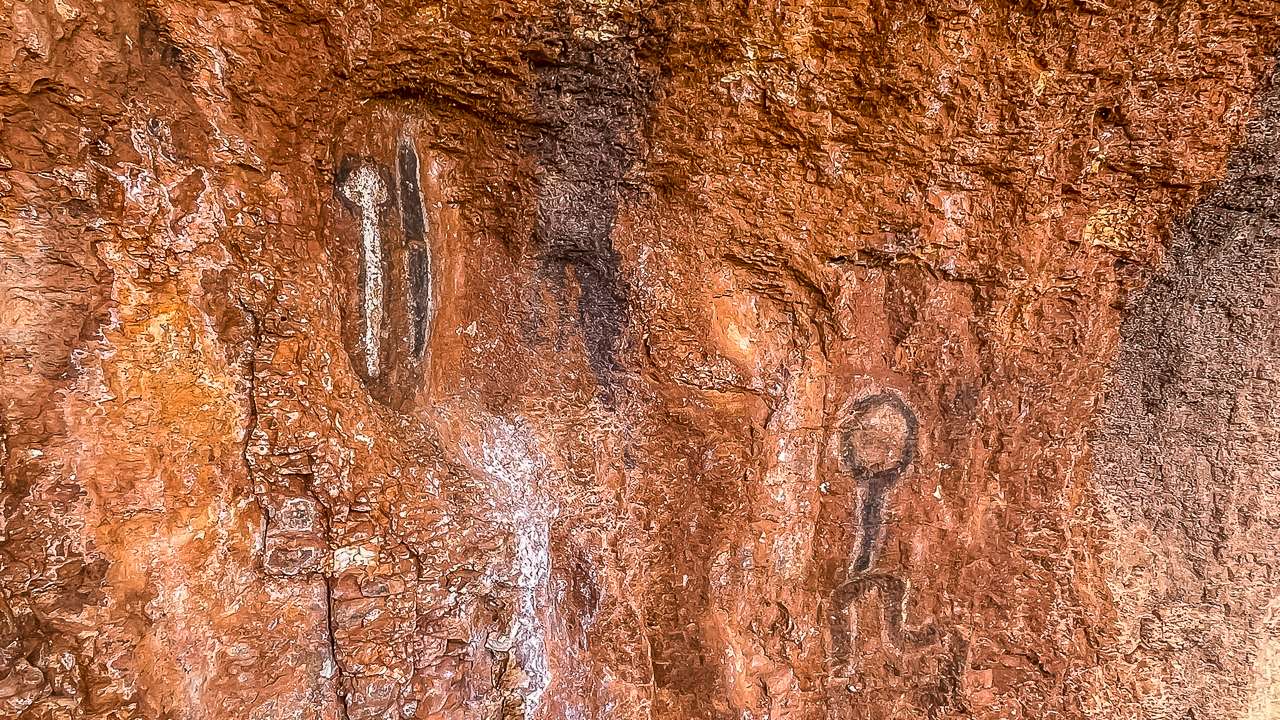
Aboriginal Rock Art Great Central Road
What Are Gnamma Holes?
Gnamma holes are naturally occurring waterholes found in rocky outcrops, often in granite or similar types of stone. Over time, water and wind erosion create these depressions, which then collect rainwater, providing a crucial water source in a landscape where surface water is rare. In this part of the desert, where rainfall is unpredictable and often scarce, these waterholes were essential for both Indigenous Australians and animals.
The Gnamma holes next to the White Cross are part of a network of such water sources used by the local Ngaanyatjarra and Pitjantjatjara peoples for millennia. These holes are vital to their survival during long journeys through the desert, as they provide a reliable source of fresh water. For anyone passing through this desolate region, knowing the locations of these waterholes was a matter of life and death.
Rock Art At The Gnamma Holes Near The White Cross
If you go for a walk while checking out the gnamma holes you will many examples of Aboriginal rock art. I’m not an expert in any way shape or form. I did recognise the symbol for water however I have no idea what the others are. If you’ve been there and know what they are please let me know in the comments section below.
History of the Gnamma Holes Near the White Cross
The Gnamma holes near the White Cross have been known and used by Aboriginal communities for thousands of years. Traditionally, the knowledge of these waterholes was passed down through generations, ensuring that future travellers and communities knew where to find water during their journeys across the desert.
These Gnamma holes hold cultural significance as well, being part of the Dreamtime stories that connect the Aboriginal people to the land. In these stories, the landscape features, including Gnamma holes, were often created by ancestral beings and they continue to play a role in the spiritual lives of local Aboriginal groups.
European explorers and settlers who ventured into these remote areas in the 19th century would have been unaware of the location of such vital water sources if not for the guidance of Indigenous people. For non-Indigenous Australians, the Gnamma holes were often hidden or unnoticed, blending into the rocky landscape. Many explorers would have struggled to survive without this local knowledge.
Today, the Gnamma holes near the White Cross are still respected by the Indigenous communities and visitors alike. The area surrounding the White Cross is not only significant for its spiritual connections but also for its practical role in desert survival.
Visiting the Gnamma Holes
If you’re visiting the White Cross on the Great Central Road, the nearby Gnamma holes are worth exploring. They give you an opportunity to see how nature has carved out these small but essential features and you can appreciate how crucial they were to life in such a dry region. It’s important to approach these waterholes with full respect. It’s important to approach these waterholes with full respect. While they may seem small and insignificant to the casual visitor, they are still regarded as sacred by the local Aboriginal communities. It’s also important not to contaminate the water, as these Gnamma holes remain an important resource for local wildlife. They can still be used by people travelling through this remote part of Australia.
Significance Today
The Gnamma holes next to the White Cross remind us of the deep connection between people and the land in the Australian outback. More than just natural rock formations; they are testament to the ingenuity of the Aboriginal people and their ability to thrive in some of the most challenging environments on Earth. For travellers on the Great Central Road, visiting the Gnamma holes is an opportunity to connect with the rich history and culture of this remarkable region.
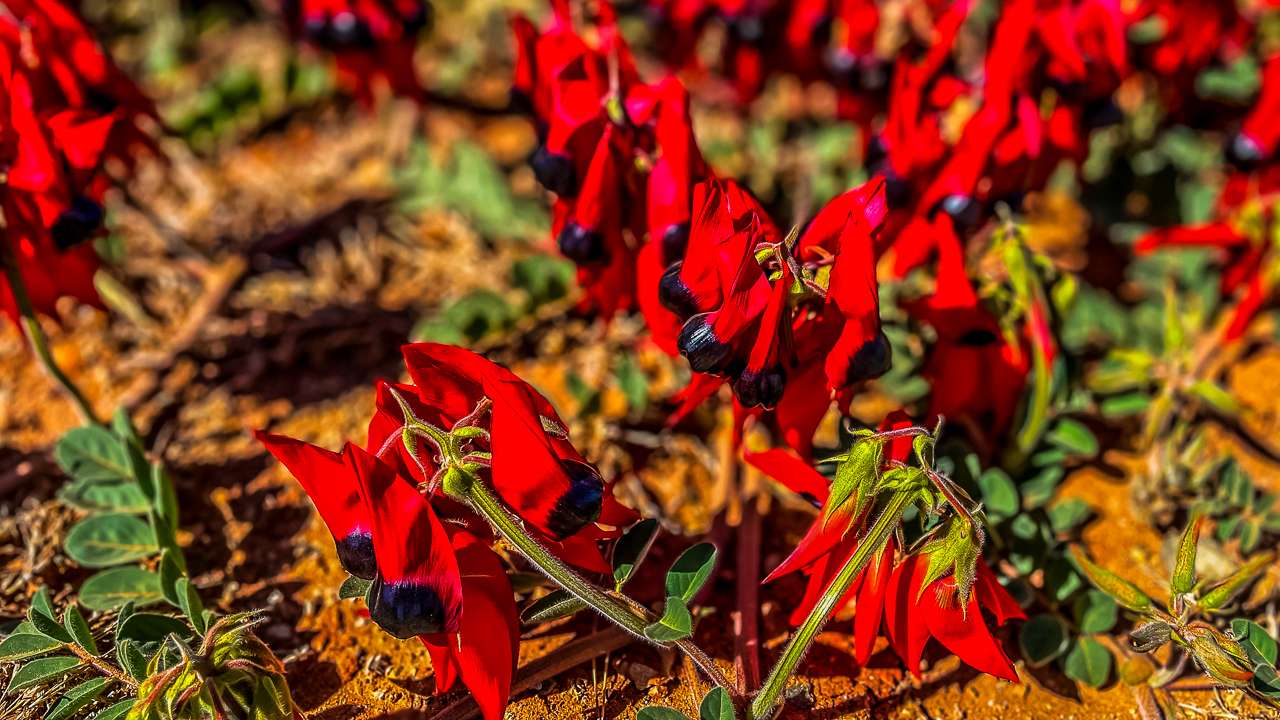
Sturt Desert Pea On Great Central Road
Final Thoughts On Camping At Giles Breakaway
Camping at Giles Breakaway is a true outback adventure that offers a rare opportunity to experience the raw beauty of the Australian desert. From the rugged landscape and stunning rock formations to the peaceful solitude of the night sky, it’s a place that sticks with you long after you’ve left. Just remember to be prepared, take care of the environment and enjoy every moment of this incredible slice of Australia.
Giles Breakaway may be remote, but it’s the kind of place that rewards those who make the effort to get there. It’s a place where you can truly disconnect, breathe in the fresh desert air and reconnect with nature. Trust me, you won’t want to miss it!
Giles Breakaway Photo Gallery
Us At Giles Breakaway Campsite On The Great Central Road
Us At Giles Breakaway Campsite On The Great Central Road
Rock Art In Caves Near White Cross On Great Central Road
Rock Art In Caves Near White Cross On Great Central Road
Camped At The Giles Breakaway Campsite Near Laverton WA
Camped At The Giles Breakaway Campsite Near Laverton WA
FAQs Frequently Asked Questions About Camping At Giles Breakaway On The Great Central Road
Is it safe to camp at Giles Breakaway?
Are there any camping facilities at Giles Breakaway?
Can I light a campfire at Giles Breakaway?
What’s the best time of year to camp at Giles Breakaway?
What should I bring when camping at Giles Breakaway?
How do I get to Giles Breakaway, and is the road suitable for all vehicles?

